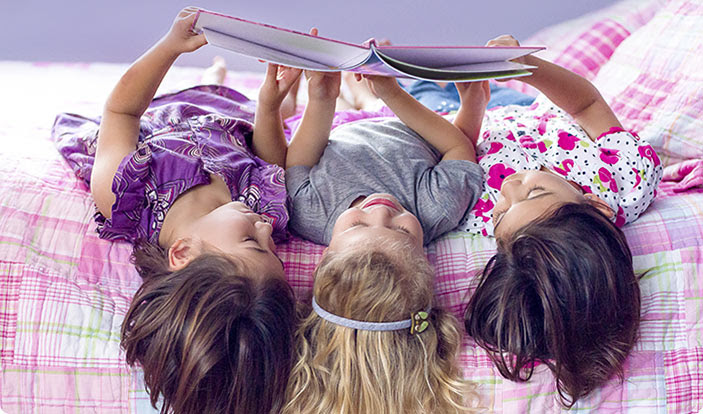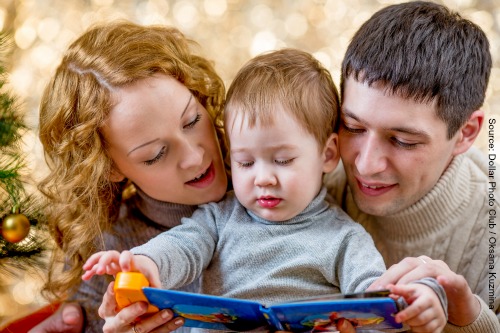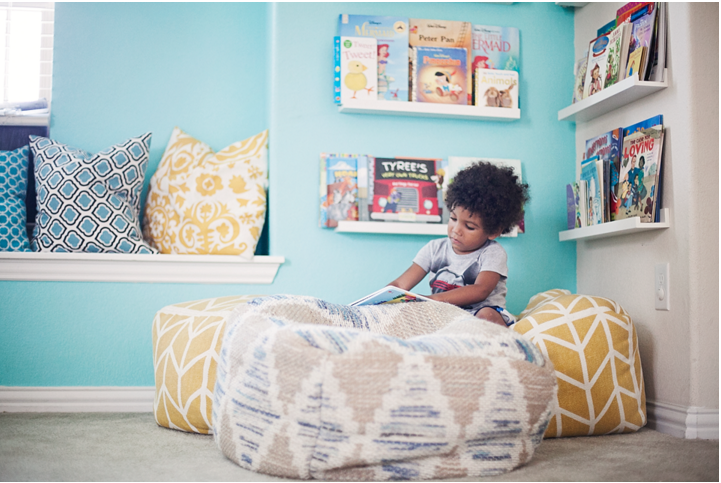
Reading Goals for Students: 2018 Goals for Your Child
7 years ago 0 Comments 35.4k Views
The new year is a time for setting goals and making resolutions, so it’s the perfect time to set reading goals for students both in class and at home. Working towards reading goals not only improves your child’s literacy—completing goals provides children with a sense of accomplishment and builds their self-esteem.
Possible Goals
Reading goals for students vary depending on the age of the child, but even very young children can have simple, easily attained goals. Here’s a few examples of reading goals, and how to adapt them to your child’s age.
I Will Read X Number of Books This Year
This is a simple enough goal. You and the child settle on the number of books the child will read over the course of the year. If the number seems intimidating, break the goal down into smaller goals: 52 books sounds daunting to a child, while a book a week sounds more attainable.
Older children can read the books themselves, while younger kids may need to read with adults or have the books read to them. The goal at younger ages is to familiarize children with books and instill a love of stories and reading.
Try personalized books, that feature the child’s photo throughout the story. These books help engage and entertain readers, as they see themselves on every page. A photo-personalized storybook like My U.S.A. Road Trip teaches kids about all fifty states, while the See Me Read set of early reader, level 1 storybooks introduces beginning level vocabulary to early readers.
I Will Read a Whole Series This Year
A second option is to have the child pick a book series she likes and commit to reading the entire series over the course of the year. Choose a series at a level that will challenge the child without frustrating her. Look for series like the My Very Own® personalized book series that offer diverse themes and subject matter.
I Will Read X Number of Books to My Sibling This Year
Reading to others is a great confidence booster for kids, who enjoy being the reader instead of the one listening. If your child doesn’t have a sibling, this goal can be easily adapted—he can read to the family pet, with a themed book such as If My Dog Could Talk, or even a favorite stuffed toy.
I Will Go to The Library and Read a New Book Every Week
This reading goal helps children learn how to use libraries as they improve their reading. If you cannot make it to the public library every week, the child can always take books out of his school library.
Other Reading Goals for Students
These are only some of the many reading goals your child can choose. Other options include:
- I will read X number of nonfiction books.
- I will pick a new topic every month and read about it.
- I will read a book by a new author every month.
- I will read X number of books in a specific genre.
- I will read for X minutes every night.
- I will read a chapter every night.
Tracking Reading Goals
It’s important to track reading goals for students so children can easily see their progress. Filling in grids, checking off books on a list, and using personalized stickers on calendars will help the child and you see the progress she’s making.
Attaining a reading goal should be cause for celebration. While you have many possible rewards for reaching reading goals, the most appropriate reward is a book. A personalized book such as Goodnight Little Me will be a constant reminder of the child’s achievement, as well as a treasured keepsake.





